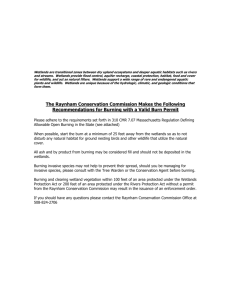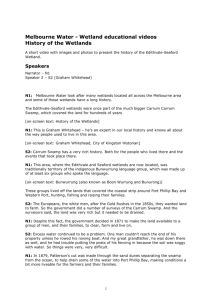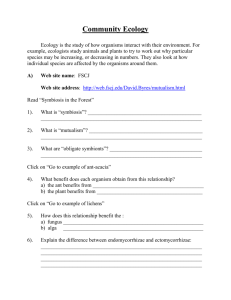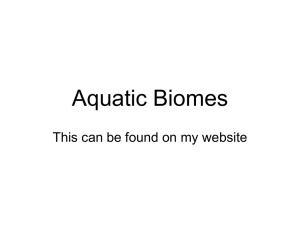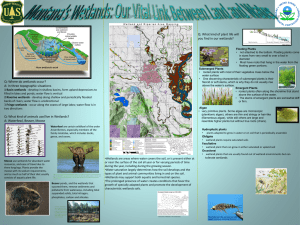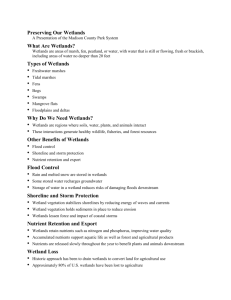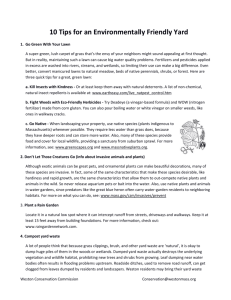Wetlands
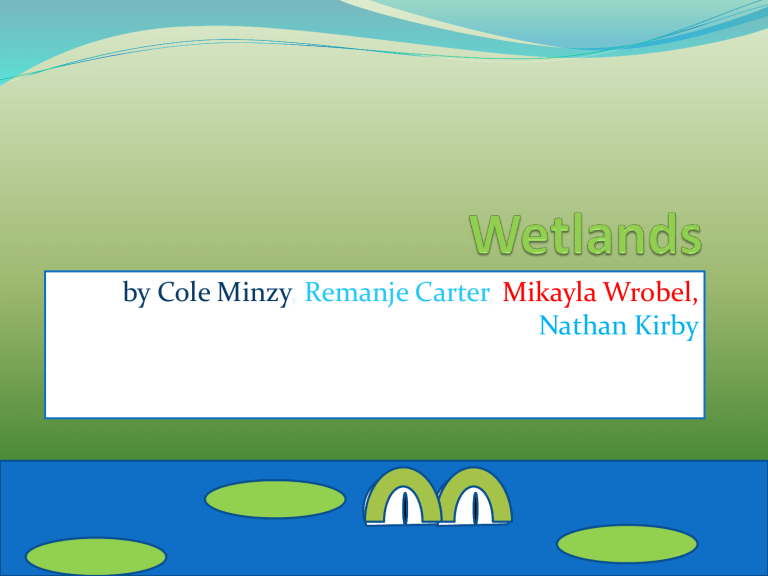
by Cole Minzy , Remanje Carter , Mikayla Wrobel,
Nathan Kirby
Plants & animals in the wetlands
Plants include hydrophytes, reeds, mushrooms, and lichen
Animals include Crocodiles, cotton mouth snakes, frogs, alligator snapping turtles, and more
Animal classes in the wetlands
The wetlands house many animals most of witch are reptiles such as Crocodiles, snakes, and alligator snapping turtles.
Example of a wetlands food web
Zoologist
Animal adaptations
The alligator snapping turtle has special adaptations that help it hunt and to defend it has a small worm like tongue that lures fish into it’s mouth and a jaw strength of 2,000 psi (pounds per square inch).
Symbiotic relationships
The most commonly seen symbiotic relationship in this biome is parasitism and the most commonly seen parasite are leaches, that suck the blood from predators.
Geographer
Where in the world is this biome
Wetlands are scattered all over the world except
Antarctica.
Most of them are in
Great Britain and the
U.S.A
Biome elevation
Some can be an elevation of 10,0000.
Some are in the mountains.
Geographer
Land forms
The wetlands is a basin were the ground is depressed or along the ground.
The soil in this biome is full of nutrients for under water plants to grow.
meteorologist
Biomes climate like
The hot and humid climate is because of the amount of precipitation and change in climate.
Average precipitation
The amount of rainfall a wetland receives depends on it’s location.
In southeast Asia there is heavy rainfall ranging from
100 to 200 (inches) and the average of 15 (centimeters)
meteorologist
Average temperature
Wetlands in the Arabian
Peninsula temperatures can reach up to 50 degrees
(Celsius)/122 degrees ferenhieght
Water recourses
The water resources for wetlands fresh water surface including rivers, swamps, and lakes.
Botanist
Plant reproduction
Pollination is the process reproduction.
Succession types
Dying reeds cause the w3ater to become dense and slow moving. As more plants die matter forms and it becomes a wetland
Botanist
What are the native plants The growing season
Native plants include trees, and aquatic plants that have to tolerate being under water for a long time.
The growing season depends on the weather.





